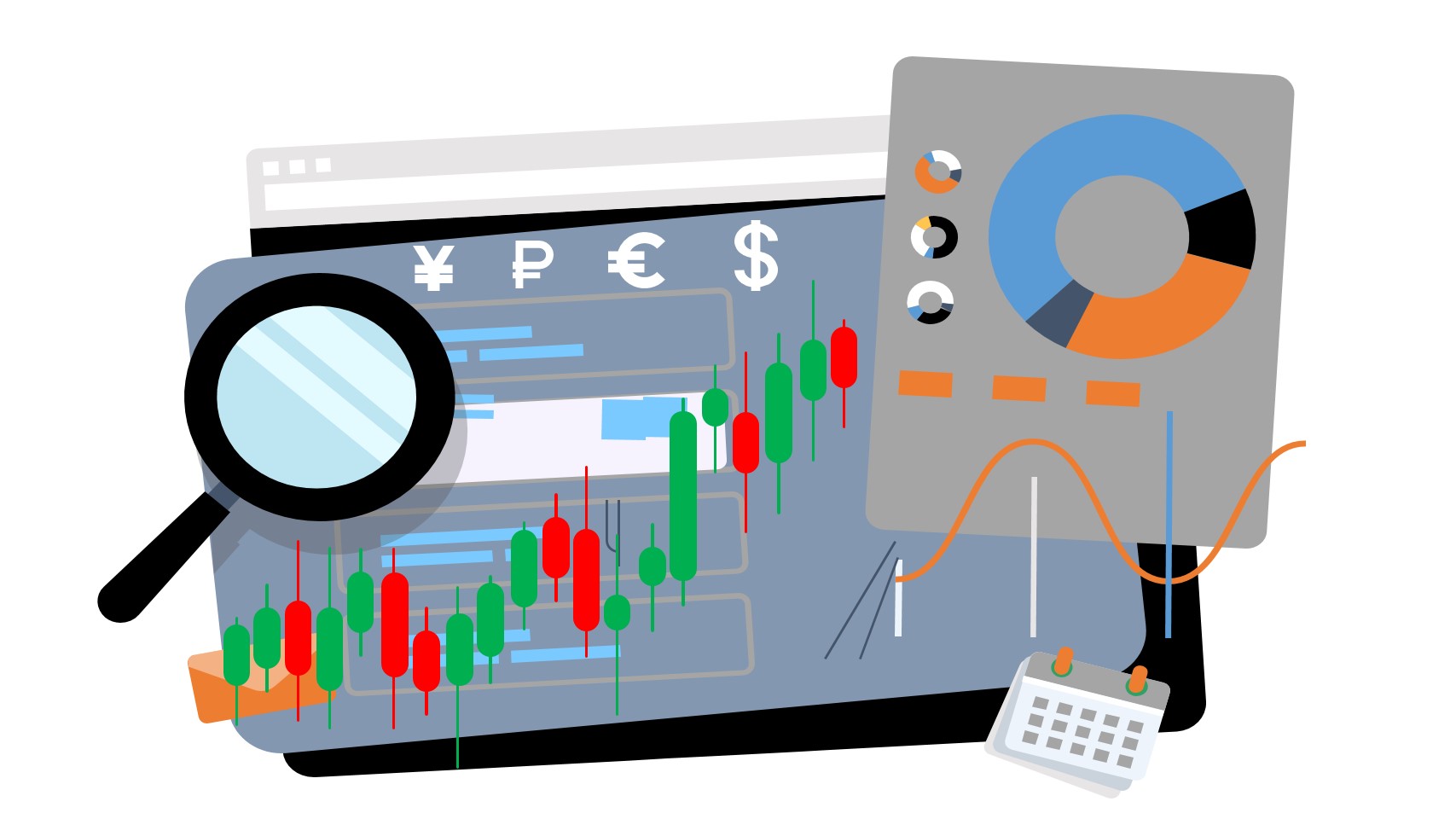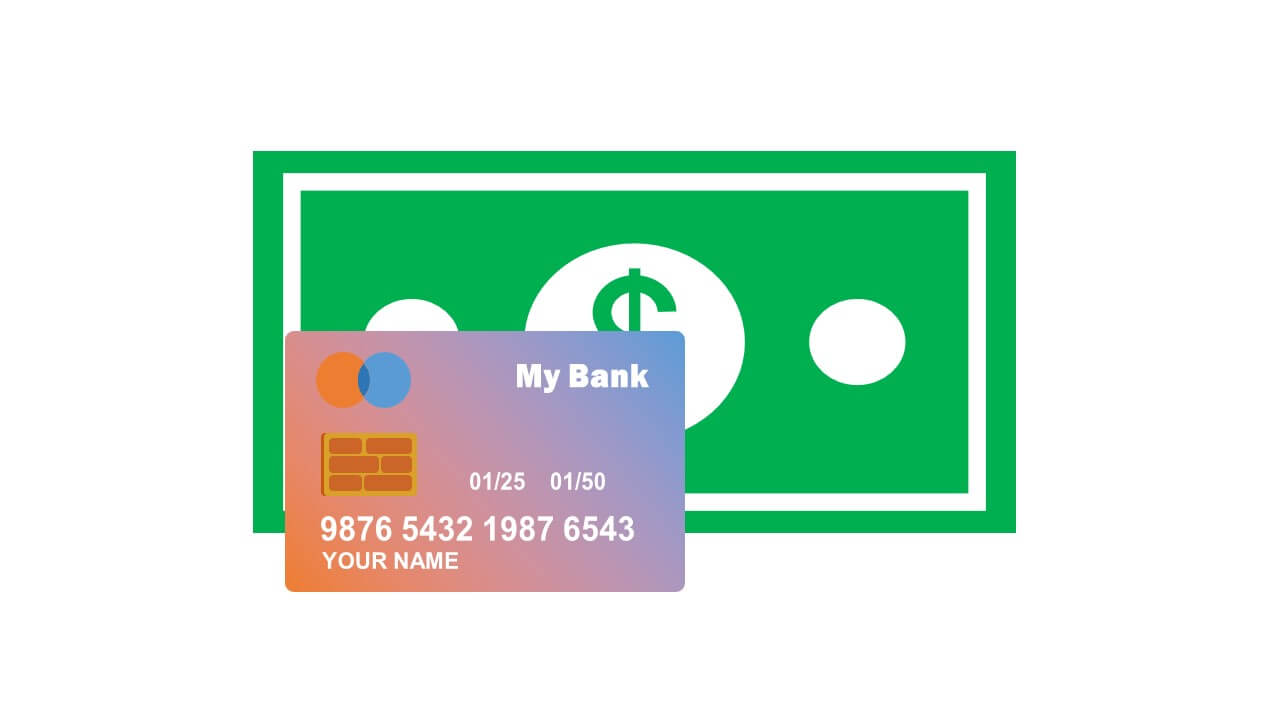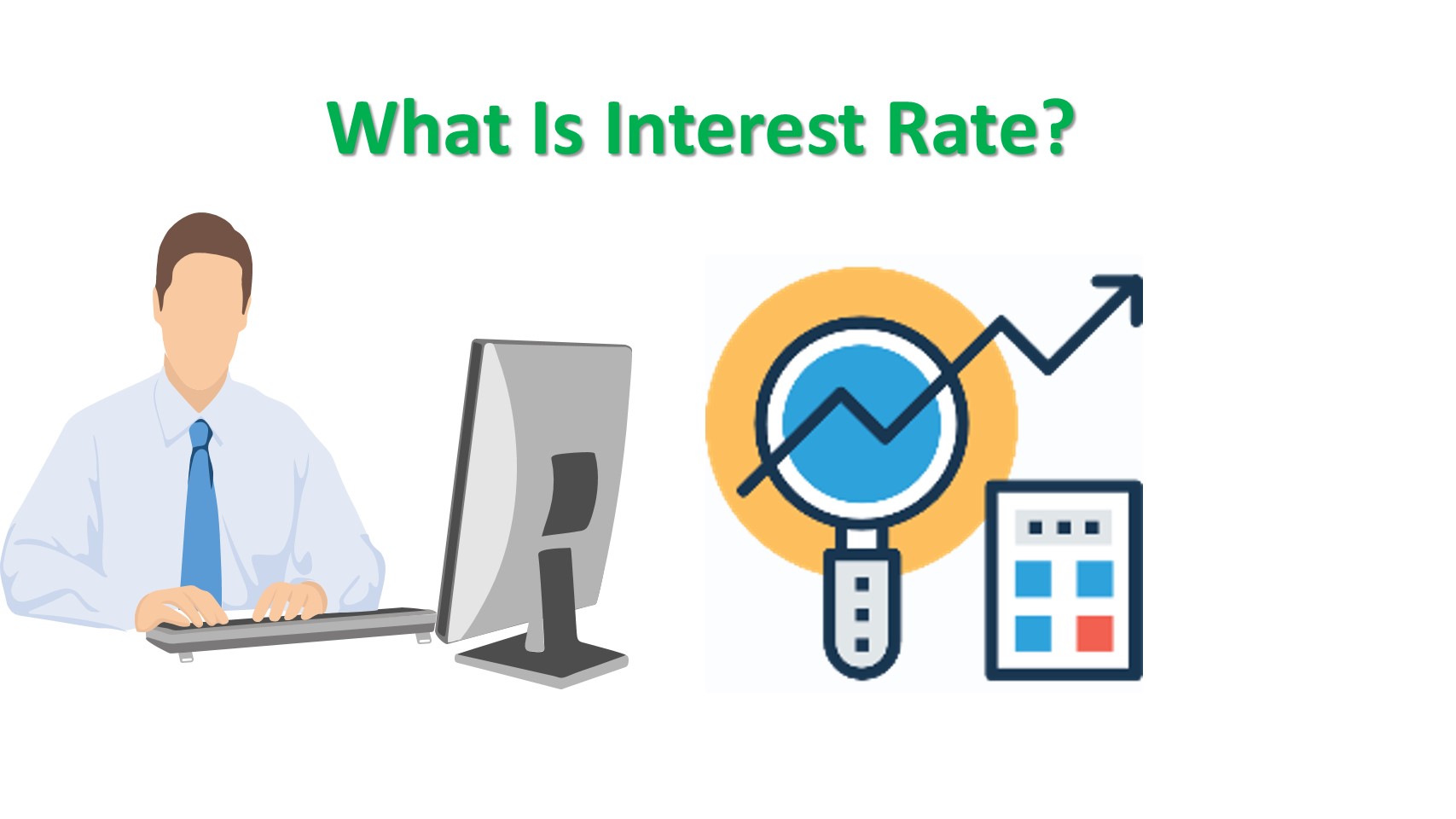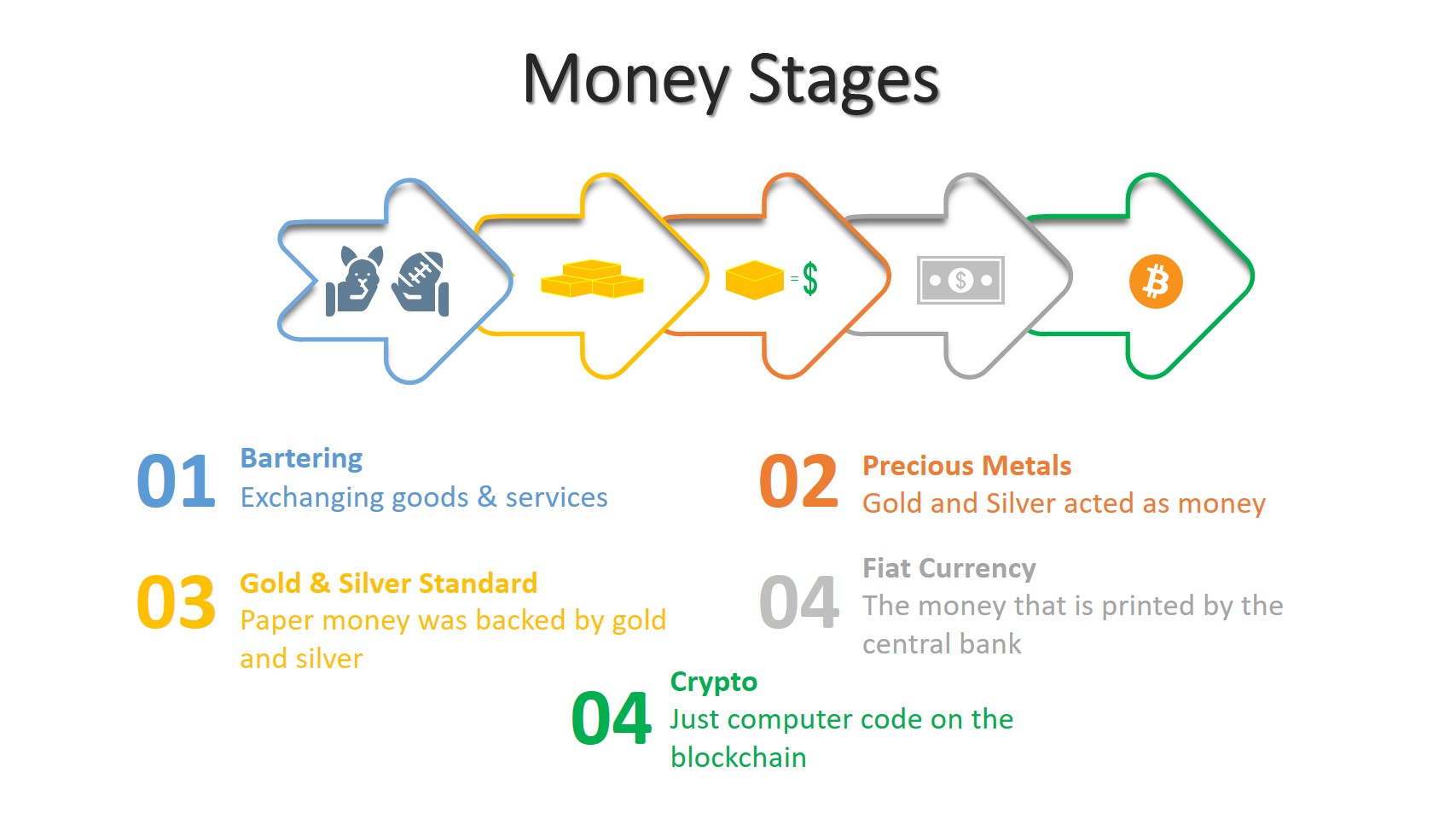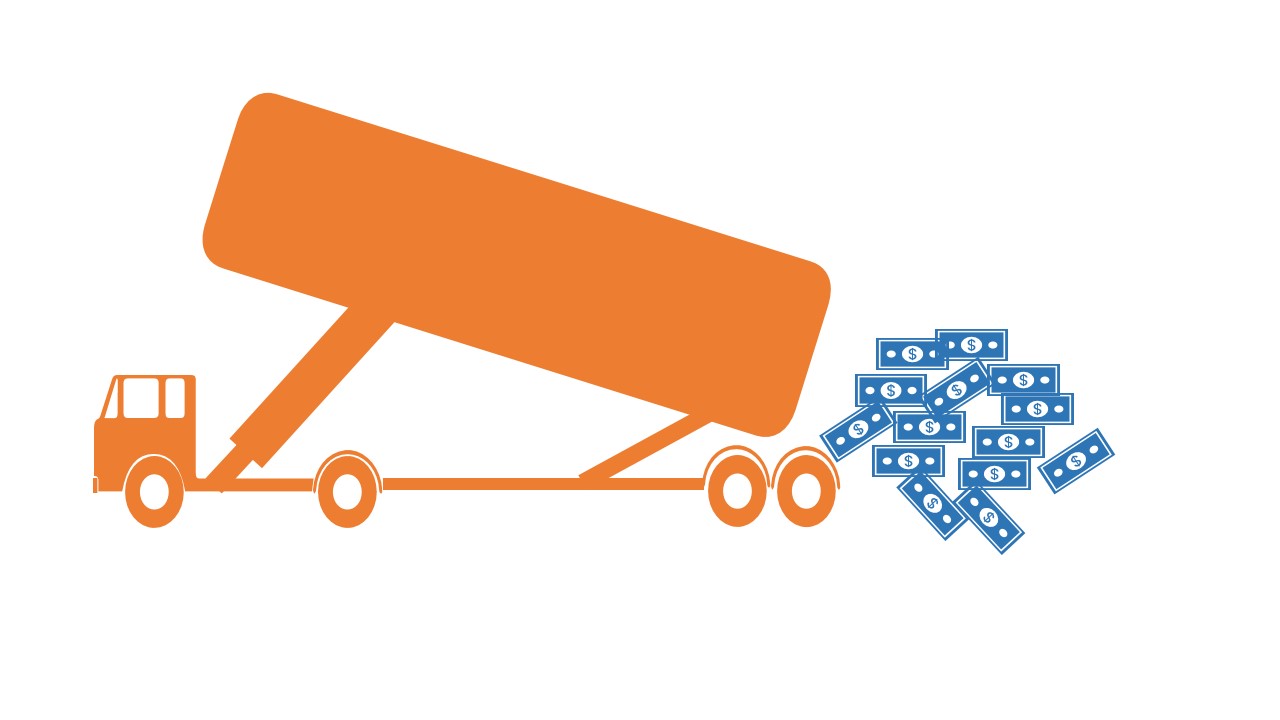Money demand is the total cash balance that individuals like to hold in their pockets and cash deposits in the banks.
The amount of money that an individual doesn’t prefer to spend is considered demand, and if not, it is not demand. Suppose that you have $100, and you want to buy a cup of coffee for $5, then the $95 that you haven’t spent is your demand, and the rest ($5) is not your demand.
The demand for money is not wishes, wants, and desires. If you want to increase your demand for money, you have to sell something or provide services to someone else.
Money demand and interest rates are inversely related. When interest rates are high, people like to buy bonds, and when interest rates are low, people prefer to hold cash due to low-interest rates not being enough motivator to purchase bonds.
Types of Money Demand
1. Demand for Transaction
People need money for daily purchases of goods and services.
They need to buy food, clothes, and so on.
The amount of demand depends on the income of an individual. The one whose salary is higher will keep more money for daily transactions and spend more. And the one whose income is low will keep a lesser amount of money and spend less.
Demand for transactions also depends on the age and saving motivation of a person. Younger people tend to spend more while older less. Savors buy less, but the one who doesn’t care will squander.
2. Demand for Precautionary
Demand for precautionary is vital for unexpected events and emergencies, such as accidents and sickness.
Someone needs money for safety if he is not sure about his job security. He may get fired. Recessions and depressions also may cause a person to lose his job.
3. Demand for Speculation
Speculators demand money to catch speculative opportunities. A speculator may keep some cash to purchase undervalued financial assets such as bonds and shares.
Demand for speculation depends on a person’s personality. If he is a risky man will keep more money for speculation, and if he is conservative, then he will not.


